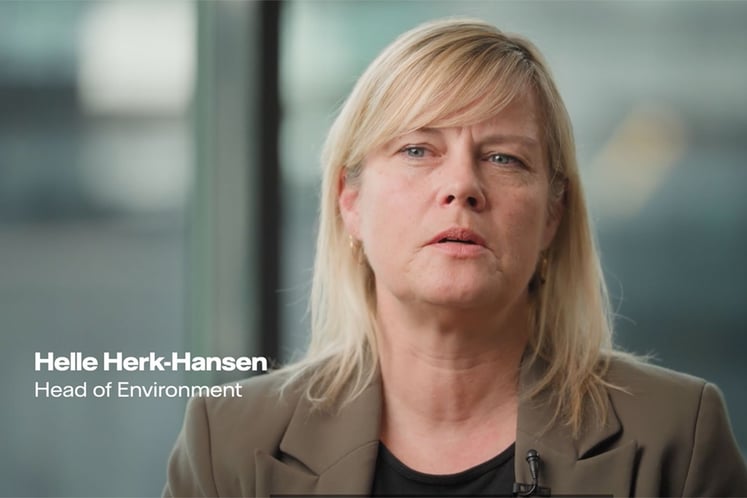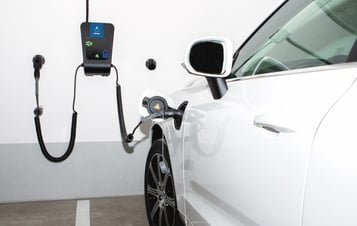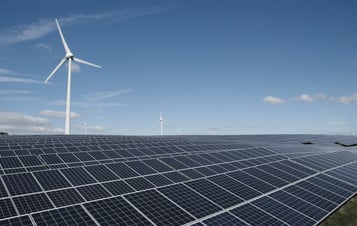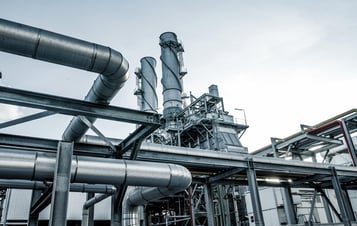Circularity
The transition to a circular economy is an opportunity, and renewable energy is an important piece of the puzzle in driving the circular economy forward. As an energy producer, we therefore have an important role to play in this transition.
Sustainable resource management is one of our key priorities and we constantly strive to optimise the use of resources in our operations and value chain. We have been using life cycle assessments for more than 25 years and they are an important tool in our environmental work.
Video player requires marketing cookies.
To view this content please click here to allow marketing cookies.
Helle Herk-Hansen, Vattenfall Head of Environment, talks about circular economy.
Transforming to a more circular business
Vattenfall is committed to expanding our renewable energy portfolio to achieve our net-zero emissions target in 2040. Circularity is a key enabler to reduce the environmental impact of building new assets. By reducing the use of virgin materials, circularity results in less mining and processing of raw materials and the associated CO2 emissions and impacts on local biodiversity.
To further improve our work, we have developed a circular economy framework for 2030, focusing on four areas. Our circular economy framework is the foundation that we will build on over time by adding new targets, collecting more data to monitor processes and identifying new key activities.
Four focus areas:
Circular sourcing
We will collaborate proactively with suppliers to secure the future supply of resources, reduce resource consumption and switch towards circular sourcing to accelerate our journey to fossil freedom.
Circular assets
We will embed circularity into the design and management of assets to reduce resource use, extend asset life and recycle valuable materials and resources.
Circular innovation
We will collaborate with partners to develop circular business models that address society's key resource challenges and rethink our customer value propositions so that they are circular by design.
Circular capabilities
We will build circular awareness and capabilities within Vattenfall to apply a circular approach to tackling the most worthwhile problems.
Circular targets
Vattenfall has set circular outflow targets for permanent magnets and composite materials for our wind assets:
Permanent magnets from wind turbines
In 2024, Vattenfall committed to achieving a 100% circular outflow of permanent magnets from our decommissioned wind farms from 2030 onwards. Vattenfall is committed to developing circular solutions to reuse, refurbish, repurpose, or recycle permanent magnets.
Composite materials from wind turbines
In 2021, Vattenfall committed to a landfill ban for decommissioned wind turbine blades from our own wind farms. The targets are 50% circular outflow of wind turbine blades by 2025 and 100% circular outflow by 2030. Circular outflow means that blades are reused, refurbished, repurposed or recycled. In 2024, these targets were extended to all composite waste from wind turbines (including nacelle canopies and nose cones).
Information on progress so far can be found in Vattenfall’s Annual and sustainability report 2024.
Circular principles are an integrated part of our environmental management. Our environmental policy and environmental management system steer with a high focus on resource efficiency and we design our assets for a long service life.
We aim to increase the use of recycled materials, thereby moving away from virgin resources. Components and materials that have reached their end of life are managed using the logic of the waste hierarchy: prevent, reduce, reuse, recycle, and lastly disposal, as the least preferred option.
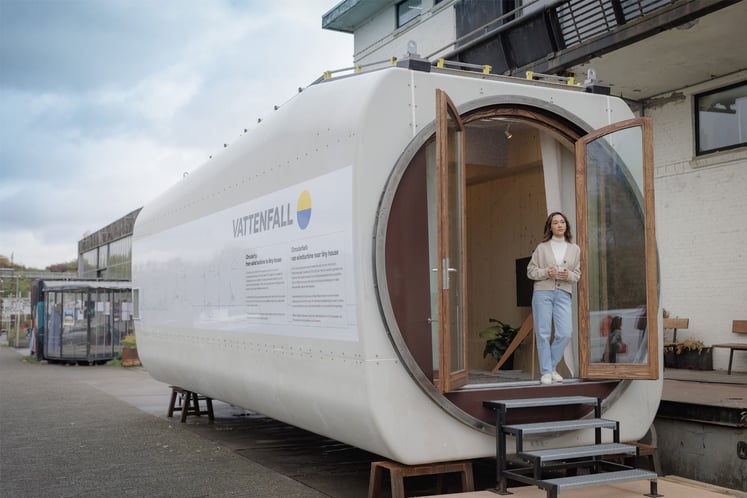
Examples of circularity
Read more about circular projects across Vattenfall.

Read more
Our customers in key markets are able to buy electricity with verified life cycle data from certified Environmental Product Declarations (EPDs).
Related content

Biodiversity and nature protection are a priority at Vattenfall.
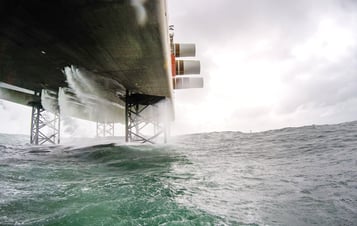
Climate is at core of Vattenfall’s strategy and we are focused on one goal.
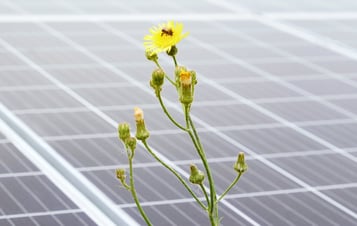
To meet the unprecedented challenges we are facing, acceleration is needed.

